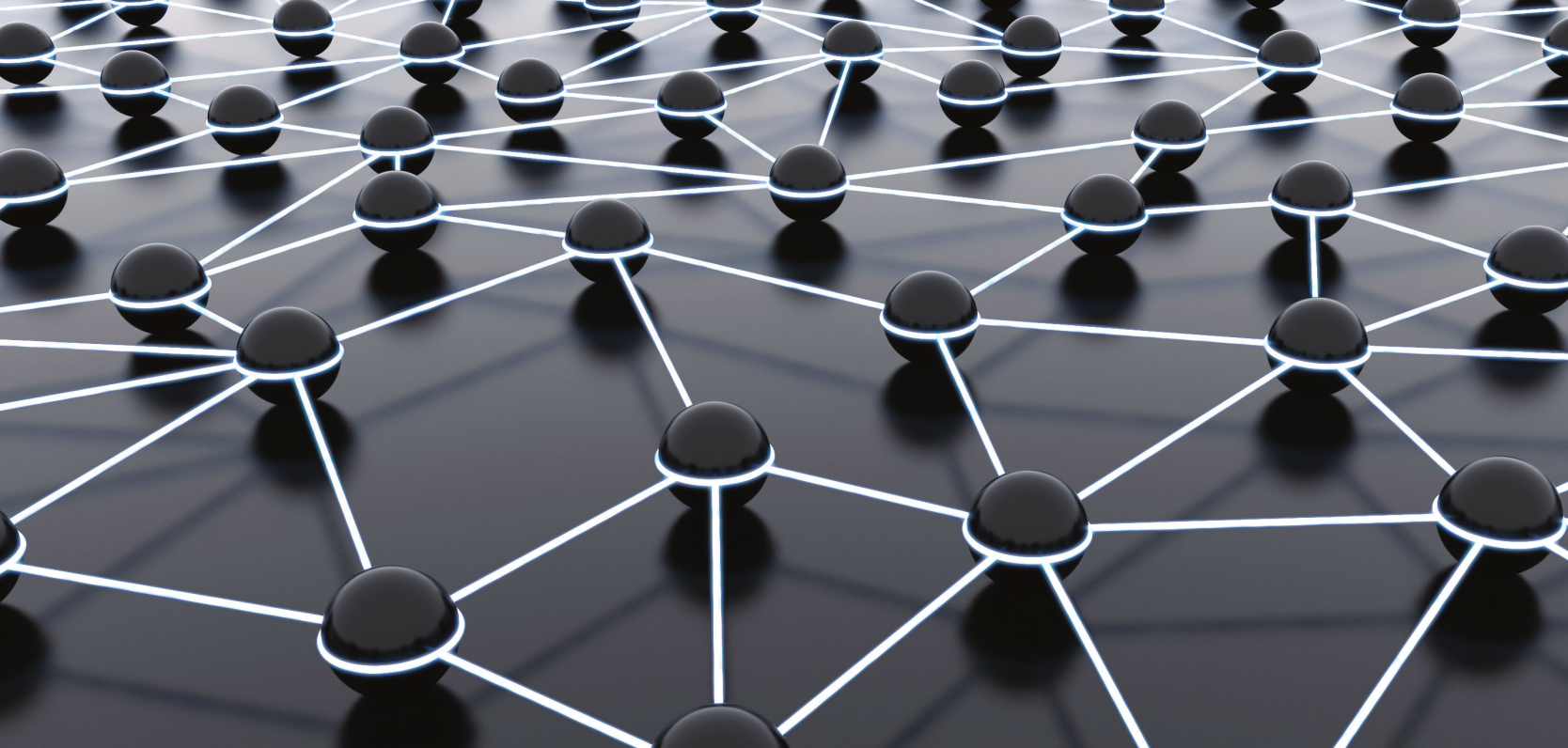Wired communication machines which make use of signals to exchange information have been around for over a century, but since the very first product was developed, machine to machine (M2M) communication has become increasingly sophisticated.
The first M2M devices which utilized both computing and telephony were built by Theodore G. Paraskevakos who created what we now call “caller ID”. Approximately ten years later Paraskevakos started Meretek which then used M2M communications to create the “smart meter” and the “smart grid”. As cellular communications grew in popularity and demand, the need for more elegant M2M device identification systems became clear.
A Look At The Statistics
Berg Insight, an independent wireless analysis firm released a study which stated that the number of cellular network connections worldwide which use M2M communications was 47.7 million in 2008. At the time the firm estimated that the number of M2M connections would grow to 187 million by 2014.
Today it is estimated that there will be 50 billion M2M devices on this planet by the year 2020.
Mobile Communication Leaders Partner Up For M2M
It was in early 2010 when AT&T, Rogers, KPM, Jasper Technologies, Inc. and Telcel/America Movil began working together to create an M2M site which would act as a hub for developers who work in M2M communication electronics. Shortly after Verizon Wireless, Vodafone and nPhase announced their alliance. One month after that Axeda Corporation and Sprint announced their strategic alliance for global M2M solutions.
One year later KORE Wireless, along with Vodafone Group and Iridium Communications Inc, teamed up and created KORE Global Connect network services available through satellite and cellular connectivity in 180 countries. They are often credited as being the first to provide:
- A single point or billing
- A single point for support
- Logistic and relationship management
KORE later acquired Mach Communications Pty Ltd. to meet the increase in demand for M2M within Asia-Pacific markets.
Applications For M2M Devices And Communication
The number of industries which rely on M2M communication are increasing by the day. While often thought of as only being used by telecoms, M2M is being adopted across many different sectors. Many companies which are in manufacturing now depend on interconnected wireless networks in order to improve productivity and efficiency.
Prognostics and health management is another area where M2M wireless networks have improved both the productivity and the efficiency of their machines. It has also played a vital role in enhancing the reliability (near-zero downtime) and safety of these often incredibly complex systems.
Many communities now use wireless technology to monitor systems such as utility meters, and those in marketing and advertisement use wireless M2M networks to update their digital billboards. This allows advertising firms to display different messages based on what time it is or the day of the week. Gas and oil companies use the same technology to adjust the prices of their gasoline.
When seeking an M2M provider to partner with, look for one which will help you identify opportunities and will work diligently to create new ones.
Work at Starhomemach

1 Comment
Leave a Reply
Cancel reply
Leave a Reply
This site uses Akismet to reduce spam. Learn how your comment data is processed.

















































































































































































Morgan
May 9, 2016 at 9:48 pm
This post is very informative and shares a lot of details that most people don’t know about the evolution of communication machines. The kinds of developments you describe here are so influential to the way we wirelessly communicate with one another. Awesome insight into the world of M2M devices! Thanks so much for sharing!